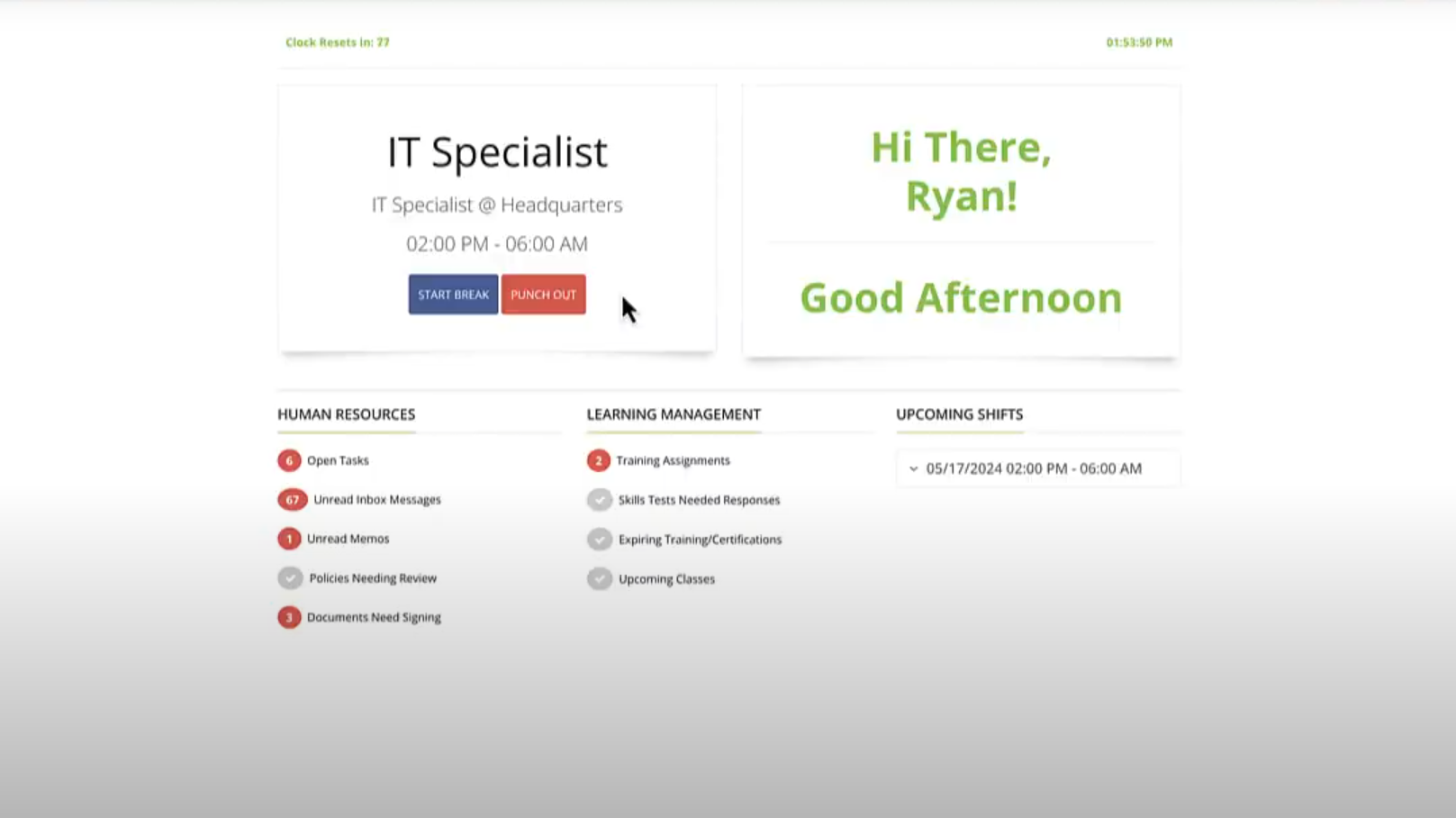If you work with a learning management system at an organization or business of any kind, it is likely that you are working to create courses and content for adult learners. Adult learners are different than other learners, say children or teens, for many reasons and as such need to have learning materials that cater to their specific learning styles.
Like children and teens, adults still have a preferred learning style like reading text to understand, actually physically touching the information and processes that one will be working with, or hearing the content in someone else’s voice to really process the information. But unlike children and most teens, adult learners are self-directed and like to have control over what they are learned. Being a self-directed learner does not necessarily mean that all adults will gladly begin to learn new skills or build upon existing ones just for the fun of it. Instead, self-directed means that adults like to have control over their own learning. Most children and teens will gladly participate in their learning at school in various subjects even while having a favorite subject. Elementary, middle, and high schoolers are still very much controlled by authority so when a teacher says that it is important to learn a subject, they are willing to oblige. Adults on the other hand need to understand why they are expected to learn something and to understand the value that is placed on learning a skill. If you are designing training material or continued education, it can be very valuable to lay out the skills, hard or soft, that an adult will learn by participating in a course and the benefits they will gain whether it is a promotion or a bonus for mastering those skills. While there doesn’t always have to be an incentive to motivate adults, in fact, most adults are internally motivated, laying out some positive benefits to continued education or removing some of the negative consequences (such as, you won’t lose your license if you keep up with your PDUs), is still important.
As mentioned, adult learners are internally motivated – so typically continued education does not need some sort of external motivation factor, either money or some other reward. That does not mean that a business can slack on creating engaging content, though, Instead, adults learn by doing which can be extremely helpful in a business setting. While most education is experienced in the classroom, with adults it can be beneficial to apply learning to real-world, on-the-job problems. Not only will work be propelled forward without taking away time to specifically learn a new way of attacking challenges, but the adult is learning and the work is being completed (even if it may take a little bit longer to finish).

Adult learners also have an abundance of experience to draw on that school-aged kids simply do not have. There is a lot to be said about adults that go on to get higher education degrees after they have completed work in the real-world. They have an abundance of knowledge and experience to apply to problems that allow them to be very creative and adept problem solvers. Additionally, adults learn through problem solving. They like the challenge and responding to it and are more likely to engage with a problem that needs solving by coming up with a unique solution drawing upon their own personal experiences.
Adults typically enter the workforce ready to learn, especially when that learning is strongly tied to the assumption of new roles. They are eager to apply the new knowledge immediately in whatever role they inhabit, too. When knowledge can be of immediate use and they can see positive results from the work they are doing, adults are very committed to learning and it is easy to see the rewards of continued education in your own workforce.
To follow up, if you are preparing courses and content for adult learners the best way to apply the principles discussed above to their learning is to explain why the skills are being taught and create task-oriented training that can be completed while on the job and is highly relevant. Additionally, recognize different levels of experience and adjust accordingly, and allow the adults to learn from their mistakes, as this will help with problem solving ability in the future. Adult learners can be extremely engaging and fun to teach as they are internally motivated and oftentimes what they are learning is highly applicable to their field of work. Build on that momentum by creating engaging content and you will be surprised at how you can shape your workforce through a little investment in the learning of the adults you employ.



